Assessing Challenges of Potential COVID-19 Vaccines
By Adam Hochron
November 5, 2020
With several potential vaccines for the COVID-19 virus under development, questions are being raised about what the approval of one or more vaccines could mean and how to determine just how effective the vaccines are.
An article published in the Lancet looked at some of the challenges that lay ahead for the various vaccine candidates, including how to best deploy the vaccine and the long-term impact of a vaccine for a virus that has killed more than 200,000 people in the United States alone. 
“It is unlikely that we will see a single vaccine winner in the race against COVID-19,” said author Susanne Hodgson, from the University of Oxford in a release about the article. “Different technologies will bring distinct advantages that are relevant in different situations, and additionally, there will probably be challenges with manufacturing and supplying a single vaccine at the scale required, at least initially.”
Hodgson added that because of the numerous questions facing the vaccine candidates, a standardized approach to measuring the vaccines’ success is even more important. According to the Lancet article, there are nearly 200 vaccine candidates in clinical and preclinical development. The authors noted that there are “many different endpoints” used when developing a vaccine. Some of the endpoints researchers look at include reducing infection, severity of resultant clinical disease, or duration of infectivity.
“The effect of an efficacious vaccine on the course of the SARS-CoV-2 pandemic is complex, and there are many potential scenarios after deployment. The ability of a vaccine to protect against severe disease and mortality is the most important efficacy endpoint, as hospital and critical-care admissions place the greatest burden on health-care symptoms,” the authors said. “However, the beneficial effects of such a vaccine on a population can be observed only if the vaccine is efficacious in older adults (eg. Approximately >60 years) and widespread distribution of the vaccine exists, including to people who are most susceptible to COVID-19.”
While a vaccine provided first and foremost to those at high risk of contracting the virus would “have the greatest effect against disease endpoints,” the authors noted that reducing the transmissibility of the virus “could still be valuable interventions on a population level.” The authors also noted that comparing vaccines for a novel virus like COVID-19 presents unique challenges, but that both the FDA and WHO have endorsed the idea of comparing the candidates against a “single placebo group” to help increase efficiency of the trials and the results.
In addition to trial studying the vaccine in older populations, the authors also noted that trials will need to be done in people younger than 18 and how it affects them. However, the authors noted that as the virus does not seem to affect younger patients as much, “substantial safety data should be collected from adults, and greater understanding should be acquired of the biology of pediatric multisystem inflammatory syndrome temporarily associated with SARS-CoV-2 infection before pediatric vaccines are initiated.”
Even after one or more vaccines are approved, the authors noted that “well-supported pharmacovigilance studies should be established to ensure the ongoing evaluation of vaccine safety.”
Although vaccine development is highly sought after from all corners of the world, the authors also acknowledged that the topic has not been without outside influences from government and media entities, which could affect the public’s willingness to be vaccinated.
“In keeping with the development of any novel medical intervention, but particularly so in this context, it is imperative that efficacy outcomes for a SARS-CoV-2 vaccine are critically appraised with scientific rigor to understand their generalizability and clinical significance,” the authors said.

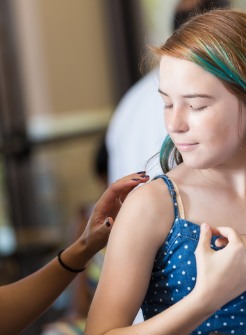
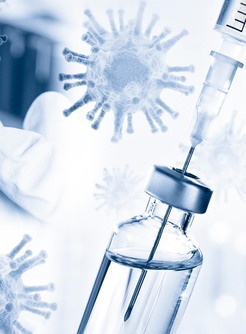
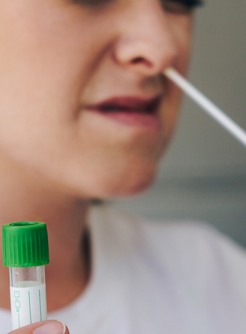
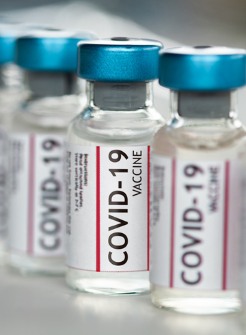

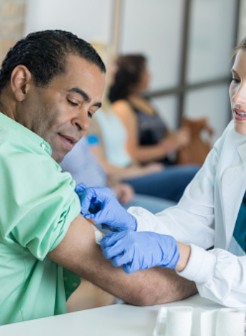
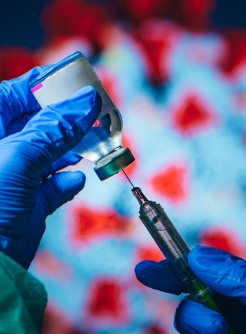
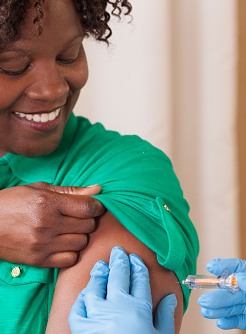

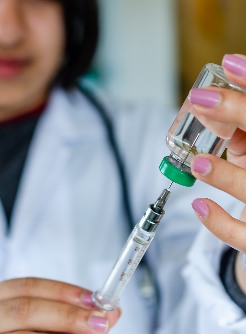
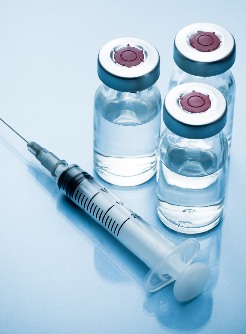




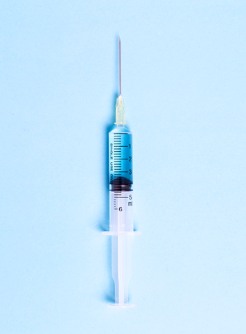
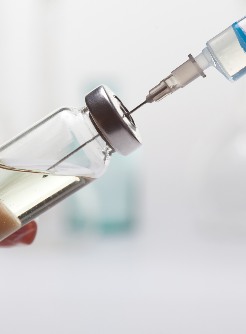
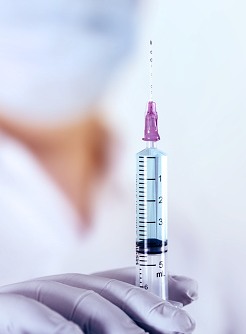
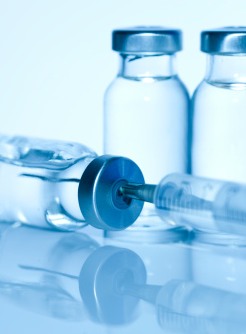

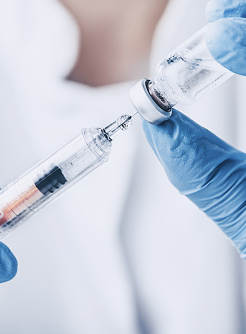
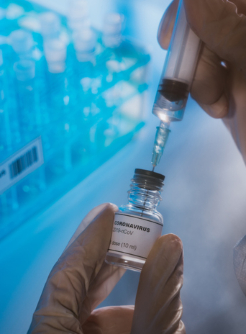
.jpg)
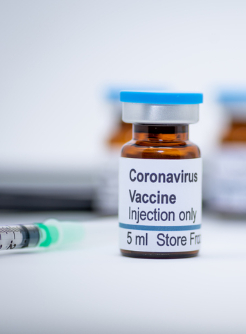

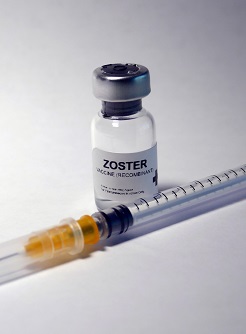

.jpg)
.jpg)
.jpg)